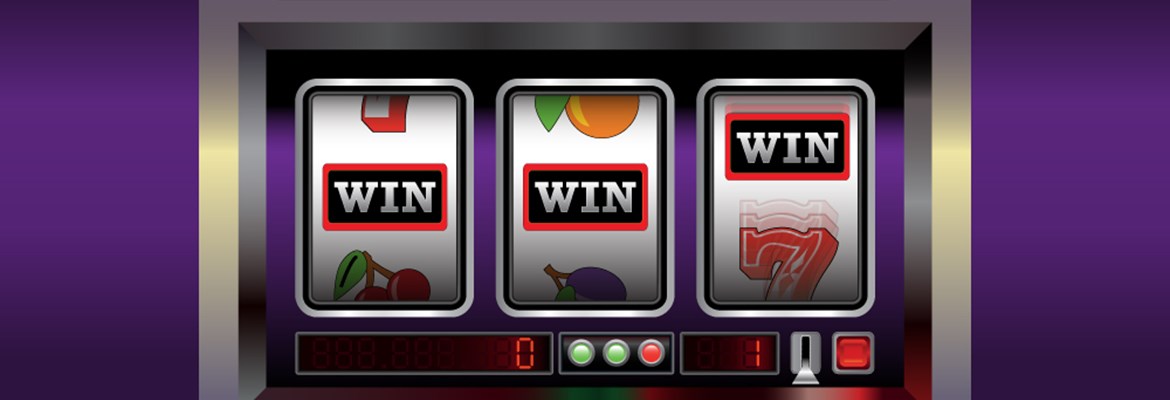I visited a club in Western Sydney the other week. I’d barely made it through the automatic doors when the operations manager rushed to greet me.“
Graham,” he said, waving a printed report. “Average member spend is down nine cents compared to this time last year. How do I bring my numbers back up? How can analytics help me?”
If you’re like most, you’re probably thinking, “Nine cents? That’s nothing!” But as any club manager knows, making a few extra cents per visit can add up to over $100K annually.
Over the last few months, we’ve noticed clubs focus their efforts on increasing average spend. Today, I’ll explain why this approach is a smart idea, and how your club can get started.
The current state of play
Many clubs will agree that 2016 has been a slower year. Tight regulations and stiff competition have reduced revenue across the industry. In this environment, clubs need to think creatively to stay profitable.
Increasing member spend is a great place to start, even if only by a few cents per visitor. Compared to attracting new members, it’s easier and cheaper to convince someone to spend more when they’re already in the club.
For this to happen, managers need insight into what members spend, and in which parts of the club. They need to understand visitor behaviour, trends and needs. Armed with this information, any club can begin moving their bottom line from the red to the black. Here’s how.
Optimising gaming floor for better results
For Australian clubs, increasing revenue isn’t as simple as buying more gaming machines. Once a club’s gaming machine allocation is exhausted, it has to make do with what it’s got.
Every machine needs to be optimally positioned to deliver maximum returns - a science that relies on hard data as well as intuition. Put the right machine by the bar or bathrooms, for example, and a club might see average spend increase from $30.50 to $30.60.
But how do you know which machines will perform best in each area? With a club-specific platform like ClubIntel, gaming floor managers can use heat maps to see which machines generate the most money. They know which areas of the floor plan get the most traffic and they’re able to move machines around to take advantage of prime locations and machines.
Improving returns on low revenue activities
Some club activities, like bingo, are more social events than revenue generators. While they attract decent numbers, few clubs depend on bingo to stay profitable.
But what if your club could use data insights to change this? Over the course of a year, what difference would it make to revenue if one out of every five players stayed for dinner afterwards?
With access to relevant analytics, a club can identify the food and beverage promotions that appeal to bingo-goers. They can determine the gaming floor configuration that makes players more likely to spend $5 instead of $2 on the pokies on their way out. What was a low revenue activity, is now a tool for increasing spend across other parts of the club.
These members are already in the door. The challenge for clubs is harnessing data to understand their behaviour, and better meet their needs. From my perspective, there’s no better way to maintain consistent revenue growth in tough business conditions.
Read more about how a data analytics platform like ClubIntel can help your club increase average member spend.
More ClubIntel resources







